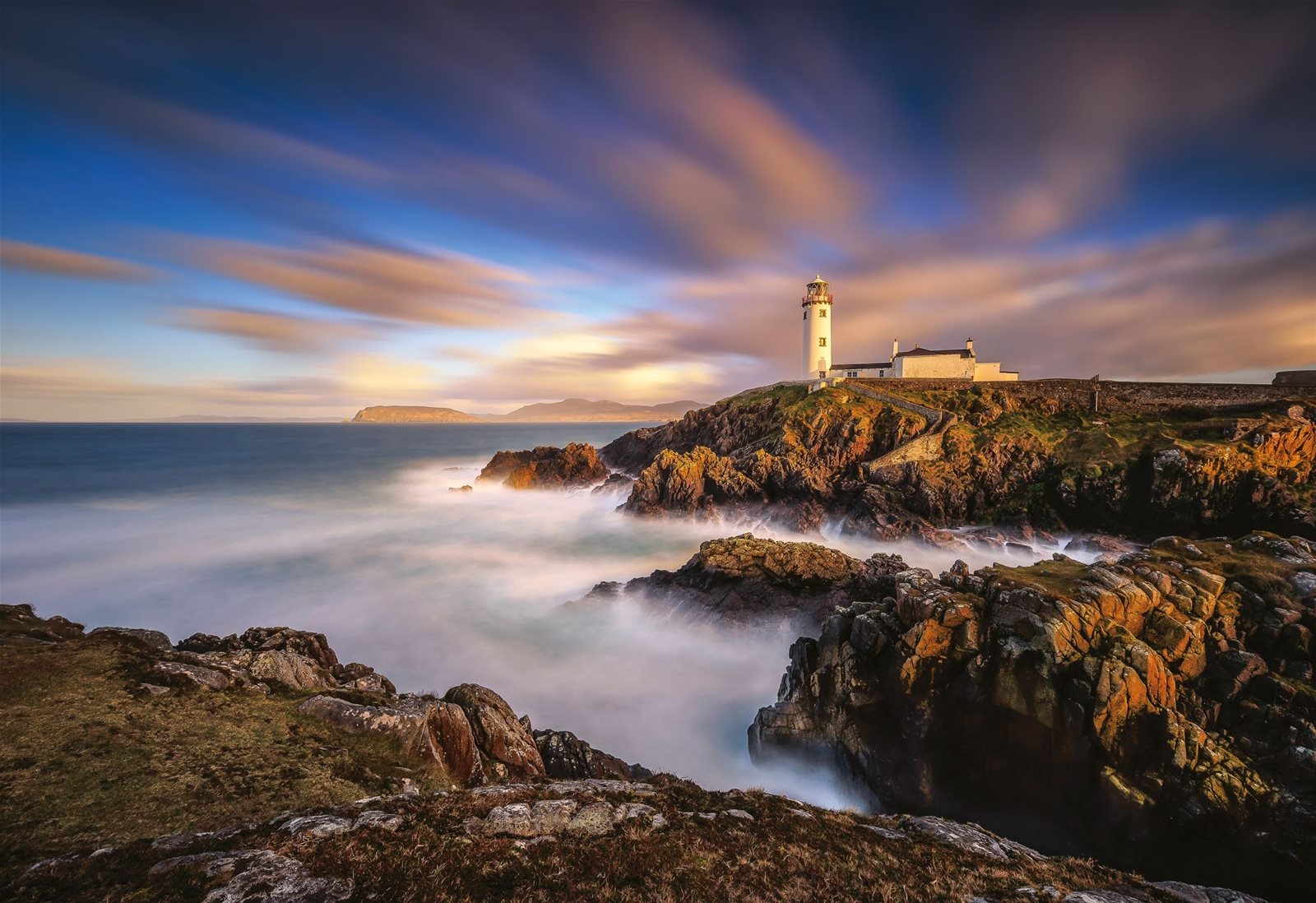
MONITOR COLOUR CHANNELS In addition to keeping an eye on the RGB histogram, check the individual colour channels for any clipping of reds, greens or blues
© Ryszard Lomnicki
Nowadays, most modern cameras are equipped with advanced technology that enables them to handle different types of lighting and scenery automatically. This makes it tempting for many photographers who are just starting out to rely on the camera’s automatic exposure calculations, and focus on other aspects such as the composition and timing of shots.
Relying on automatic camera settings means the scene may technically be captured correctly, but control over the subtleties is taken away, and the visual result may suffer accordingly. It helps to think of the camera as simply a medium that has the function of capturing the light; however, the photographer has the power to control it. Understanding the exposure theory of photography is, therefore, crucial for creating professional results. When we’re dealing with natural light in a controlled manner, we gain the opportunity to transform the scene into a masterpiece with depth and dynamics.
The essential elements in the photographic exposure are encapsulated in the form of three settings: aperture, shutter speed and sensitivity (ISO). Here, the term ‘Exposure Triangle’ is often used to illustrate the interaction of all three elements. A large aperture (diaphragm opening), such as f/2, allows more light to reach the sensor, resulting in brighter frames, while also affecting depth of filed. The exposure time doesn’t only affect light. The shutter speed can enhance the light, while movement within the scene gets captured in a soft way. To freeze motion, a faster shutter speed is needed, which then lets fewer photons enter the sensor. Here, the ISO value comes into play, controlling the digital signal gain. Low values are used in bright lighting situations, while high values increase the overall brightness.